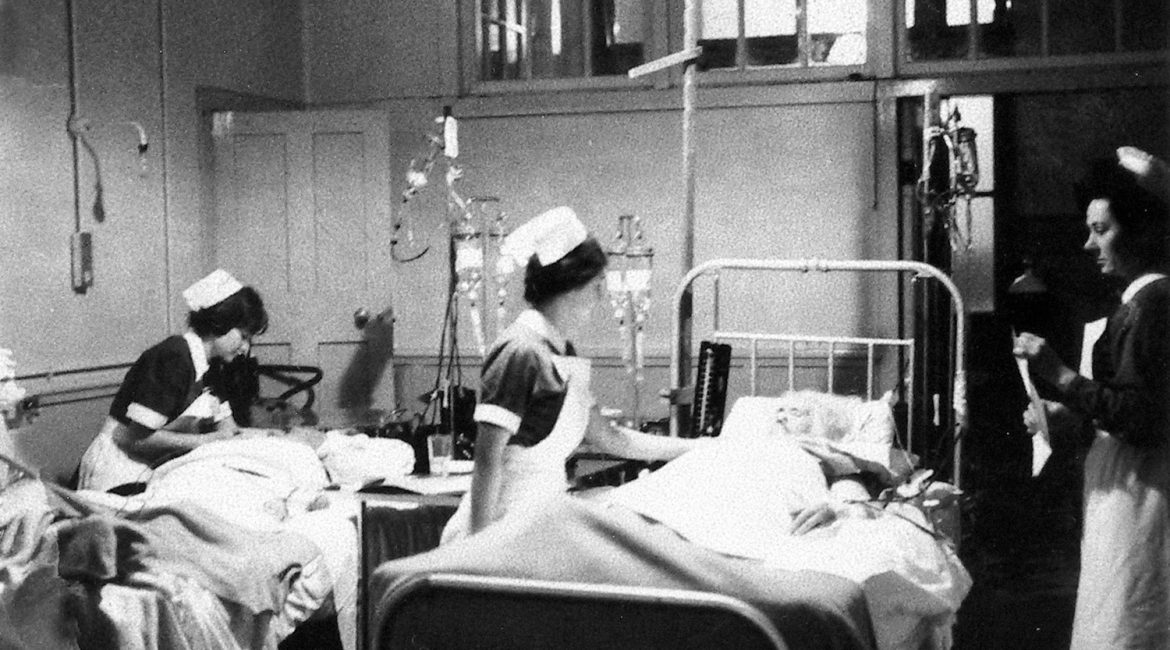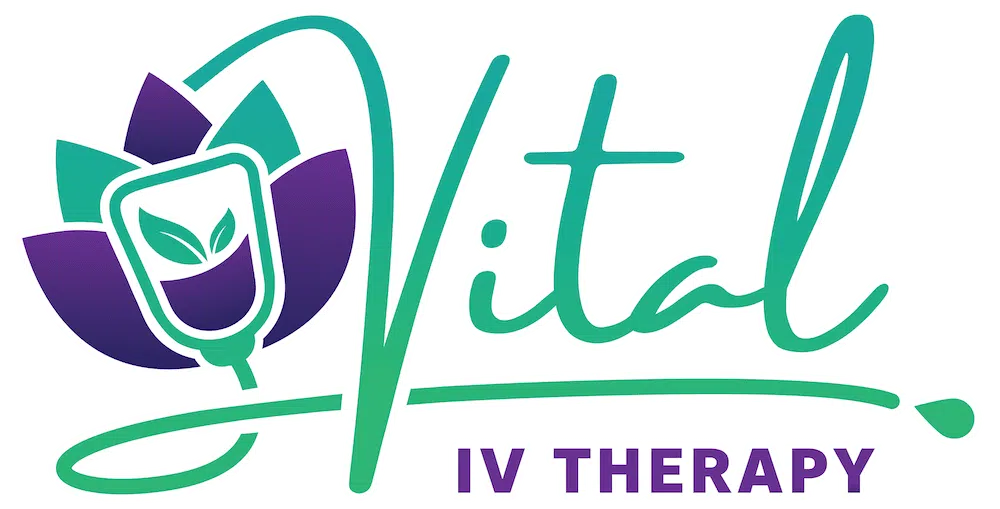
The Evolution of IV Therapy: A Historical Perspective
IV therapy, or intravenous therapy, has a long and fascinating history that spans centuries. Originally developed to deliver essential nutrients and medications directly into the bloodstream, IV therapy has evolved significantly. Understanding this history provides valuable insight into its current applications and popularity.
The Early Days of IV Therapy
The concept of intravenous therapy dates back to the 17th century. Sir Christopher Wren, an English scientist and architect, is often credited with the first experiments involving intravenous injections in animals. His curiosity and innovative thinking laid the groundwork for future medical advancements, showing how one individual’s contributions can shape the course of history.
In the early 19th century, Dr. Thomas Latta, a Scottish physician, made significant strides in the field by using saline solutions to treat cholera patients. This was one of the first documented cases of successful IV therapy in humans, demonstrating its potential for saving lives. However, the early days of IV therapy were not without challenges. The lack of sterile techniques and difficulty finding suitable veins were major hurdles that had to be overcome.
Technological Advancements and Standardisation
The 20th century saw rapid advancements in medical technology and understanding. During World War II, IV therapy became more widespread as it was used to treat soldiers for various conditions. Technological advancements such as the development of plastic IV bags and the introduction of infusion pumps revolutionised the practice. These innovations allowed for more precise control over the flow of fluids and medications, leading to safer and more effective treatments.
The invention of disposable, pre-sterilised IV bags and tubing in the 1960s revolutionised the practice. These innovations not only minimised the risk of infection but also made the administration of IV therapy more convenient and accessible, marking a significant milestone in the history of IV therapy.
Modern Applications and Future Trends
Today, IV therapy is utilised in various settings, from hospitals and clinics to specialised IV therapy centres and spas. Its applications have expanded beyond emergency medical care to include wellness and lifestyle enhancements. With ongoing research and technological improvements, the future of IV therapy holds immense promise, inspiring hope for further advancements.
Emerging trends in the field include personalised IV therapy, where treatments are tailored to an individual’s specific needs, and the integration of advanced monitoring systems to track patient responses in real time. These innovations promise to make IV therapy even more effective and user-friendly in the future.
Experience IV Therapy at Vital IV Therapy in Ascot Vale.
